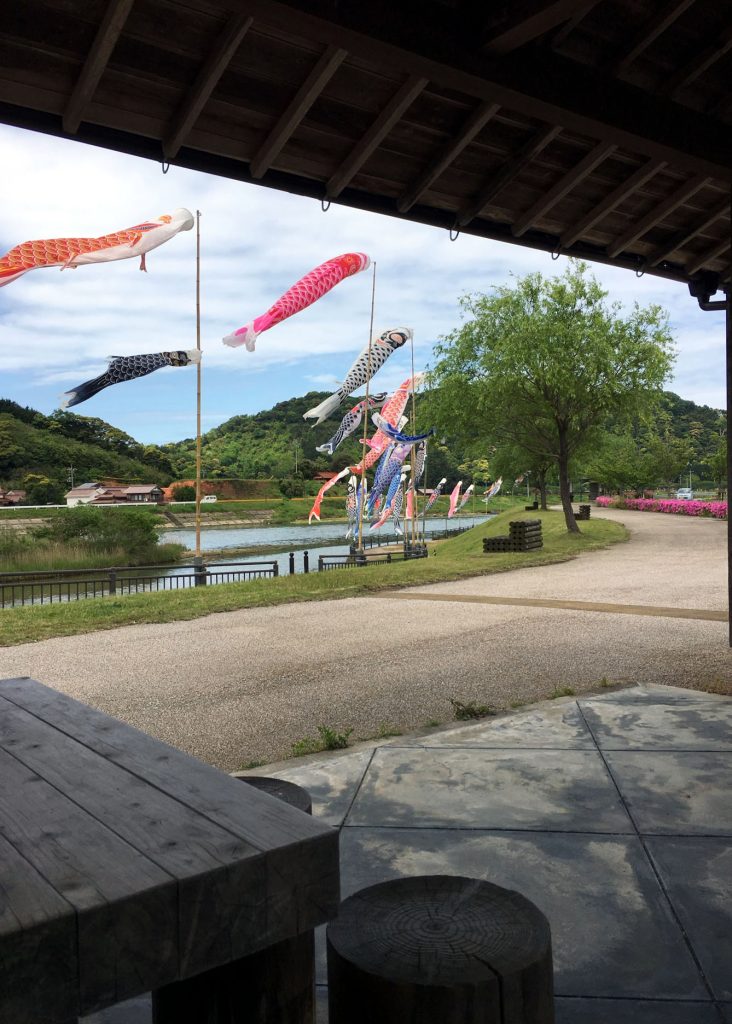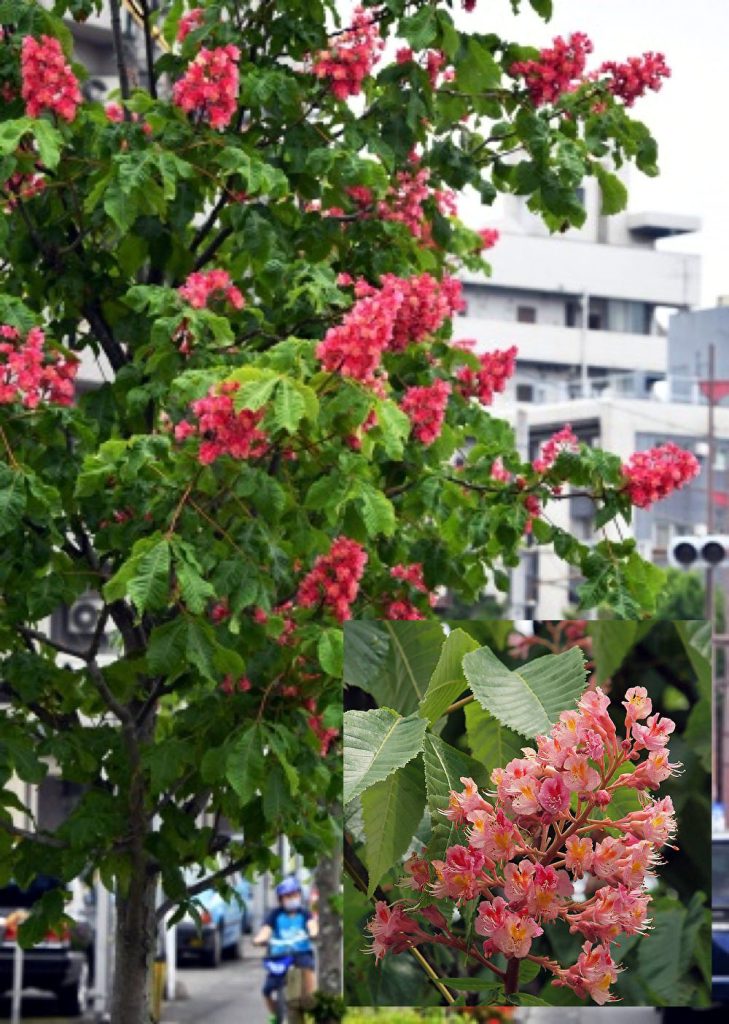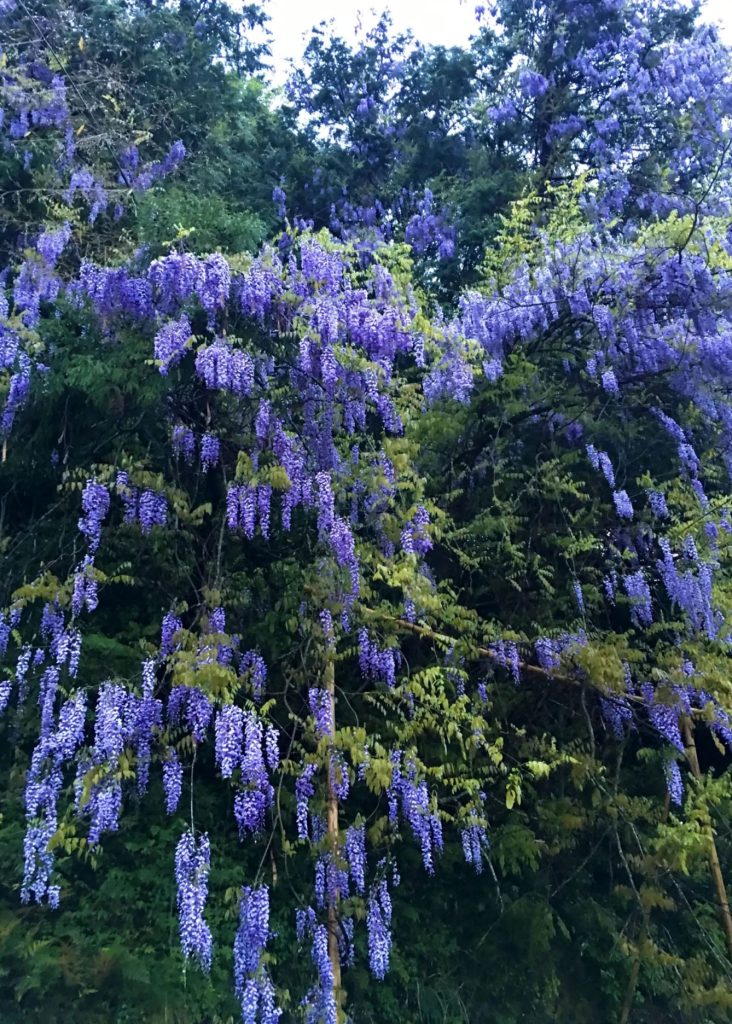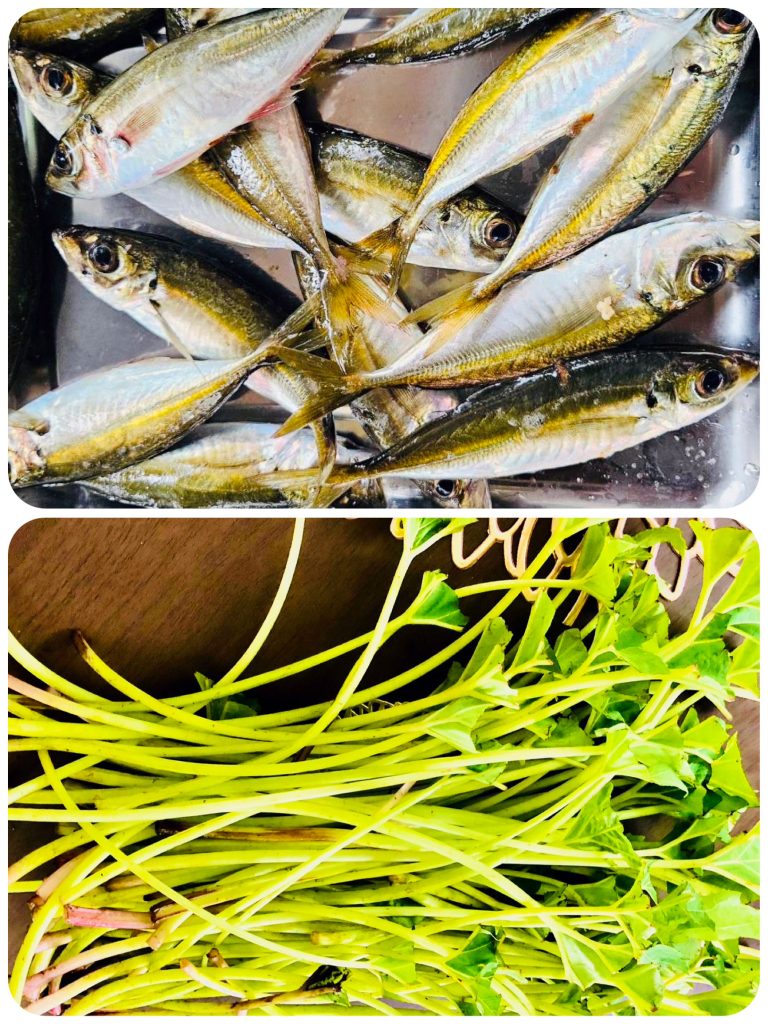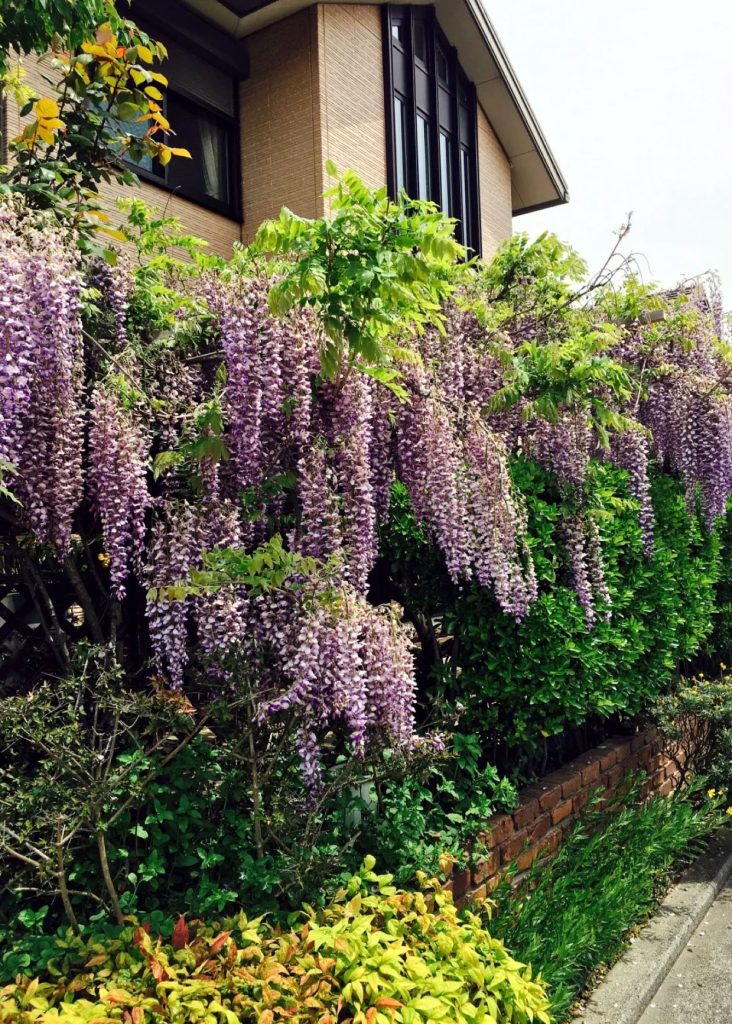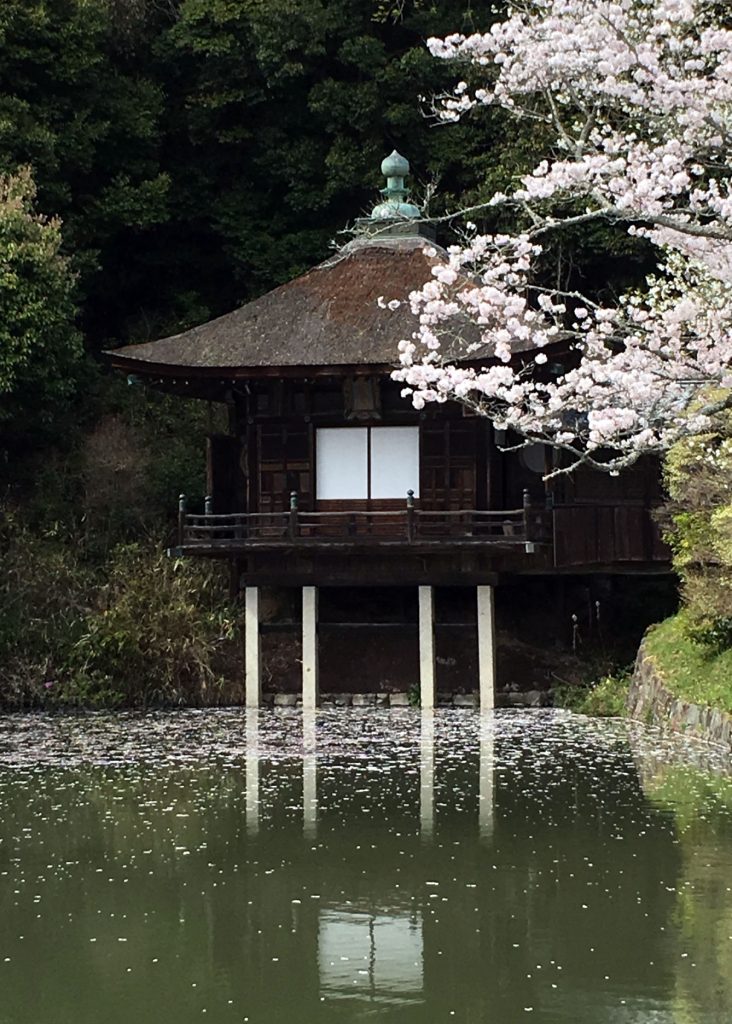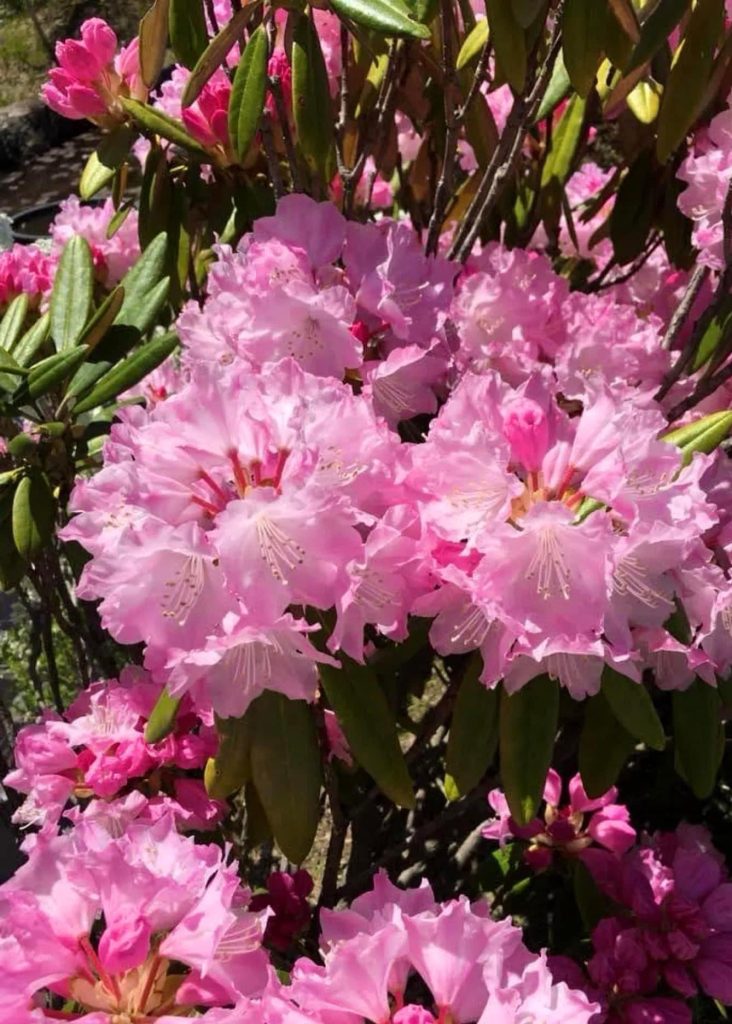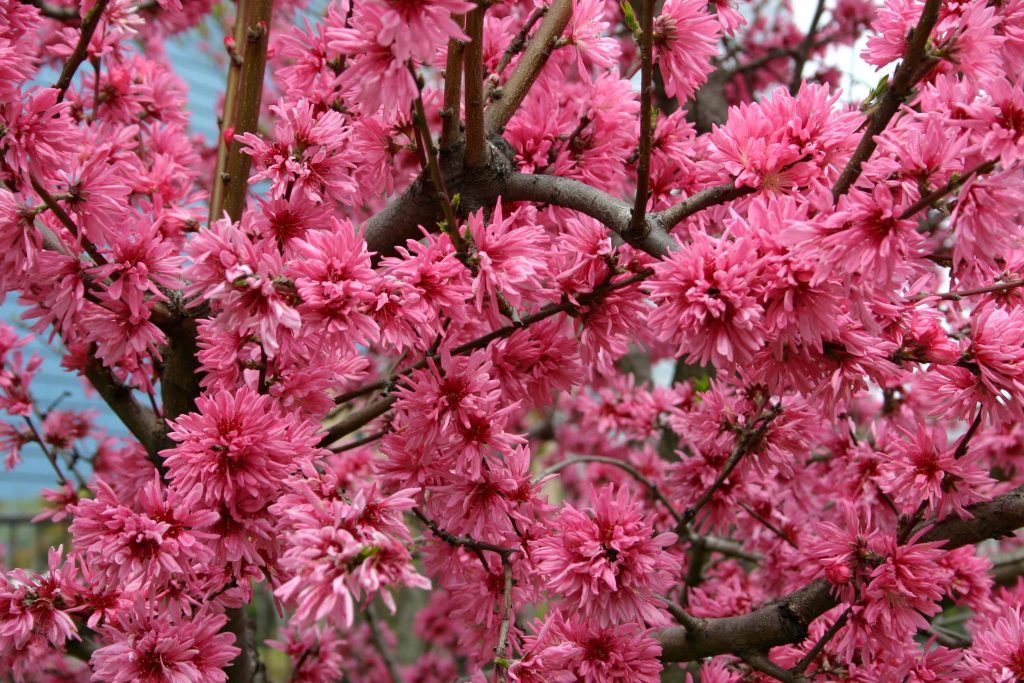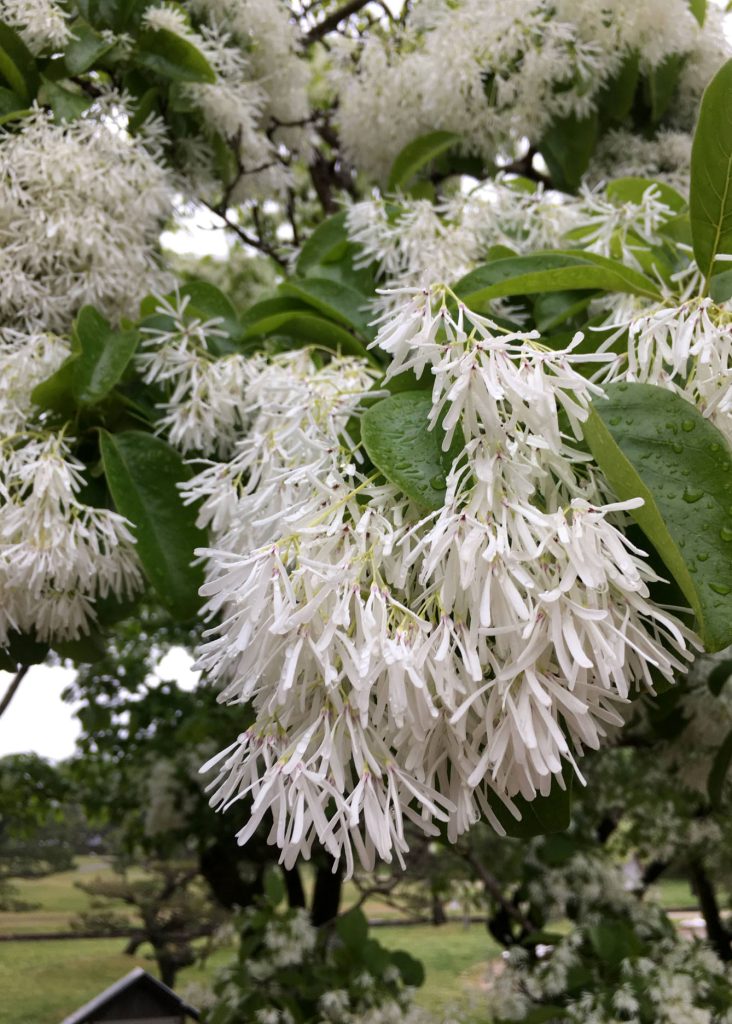
The photo is of the Nanjamonja flowers taken at Matsue Jozan Park in Matsue City, Shimane Prefecture. Nanjamonja is indeed the name of the flower. On Shimane Prefecture’s homepage, there is a headline that reads, “Early summer snow? ‘Nanja Monja’ (Matsue Shiroyama Park),” and followed by “It’s pleasant and cheerful. It lifts your spirits and makes you want to go out and admire the flowers. I would like to introduce Nanjamonja, which decorates Matsue Shiroyama Park with pure white flowers at this time of year when the cherry blossoms have fallen”. Additionally, Route 66 in Toki City, Gifu Prefecture, is called the “Tono Nanjamonja Kaido” (Eastern-Tono Nanjamonja Highway), and this highway is lined with Nanjamonja trees. However, the truth is that there is no tree called Nanjamonja. In every region, according to local legends and literature, trees that were not well-known or unfamiliar, such as camphor trees, paulownia trees, alder trees, and goldenrain trees, were given the name “Nanjamonja” and referred to as such. Among them, the representative tree called “Hitotsubatago” (single-leaf fat-sia) is mentioned as the one called “Nanjamonja.” The tree in the photo is also a Hitotsubatago. Hitotsubatago has recently been seen in various places, but originally, it was found only in limited areas such as the Kiso River basin spanning Nagano, Gifu, and Aichi prefectures, and Tsushima City in Nagasaki Prefecture. Hitotsubatago is famous as a rare species. It is designated as Endangered II on the Red List issued by the Ministry of the Environment, and it is designated as a natural monument by the country and some prefectures. It’s such a rare tree, truly deserving of the name Nanjamonja.
写真は島根県の松江市にある「松江城山公園」で撮ったナンジャモンジャの花です。ナンジャモンジャはれっきとした花の名前です。島根県のホームページに「初夏な雪?『なんじゃもんじゃ』(松江城山公園)」と言う見出しで、「心地よい陽気。心も弾み、花を愛でに外出したくなりますね。今回は、桜の散ったこの時期の松江城山公園を真っ白な花で彩る『なんじゃもんじゃ』について紹介します。」とナンジャモンジャを紹介しています。また、岐阜県の土岐市を走る県道66号線は「東濃なんじゃもんじゃ街道」と呼ばれていて、この街道はナンジャモンジャの並木が植えられています。しかし、実はナンジャモンジャという名の木は本当は存在しないのです。どの地域でも、クスノキやボダイジュ、ニレやクロガネモチなど、よくわからない木や見慣れない木を「ナンジャモンジャ」と名付けて呼んでいたことがその地域の言い伝えや文献から分かっています。その中でも「ナンジャモンジャ」と呼ばれる代表的な木として名が挙がるのが「ヒトツバタゴ(一葉タゴ)」という木です。写真の木もヒトツバタゴです。ヒトツバタゴは、最近ではあちらこちらで見受けられるようになりましたが、もともと長野県・岐阜県・愛知県にまたがる「木曽川流域」と長崎県の「対馬市」といった、限られたエリアのみで自生していました。ヒトツバタゴはそのように希少種としても有名です。環境省が発行するレッドリストでは絶滅危惧Ⅱ類に指定されているほか、国および一部の県では天然記念物として指定されています。それほど珍しい木なので、まさしくナンジャモンジャなのです。

